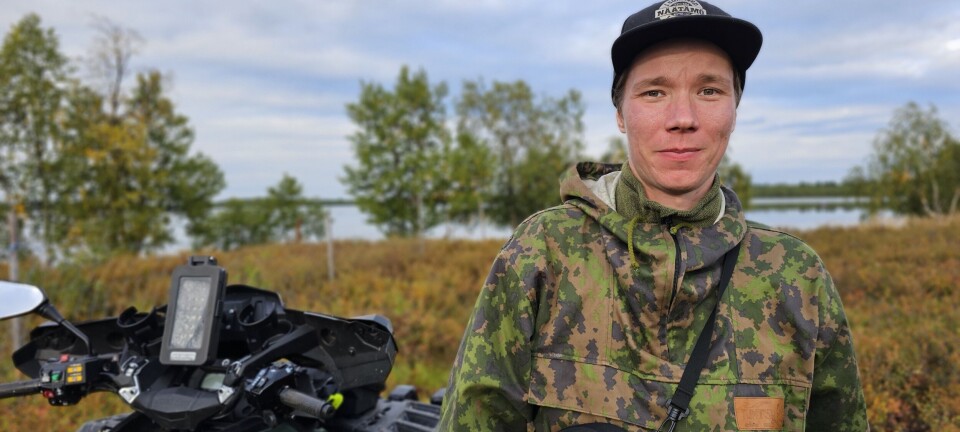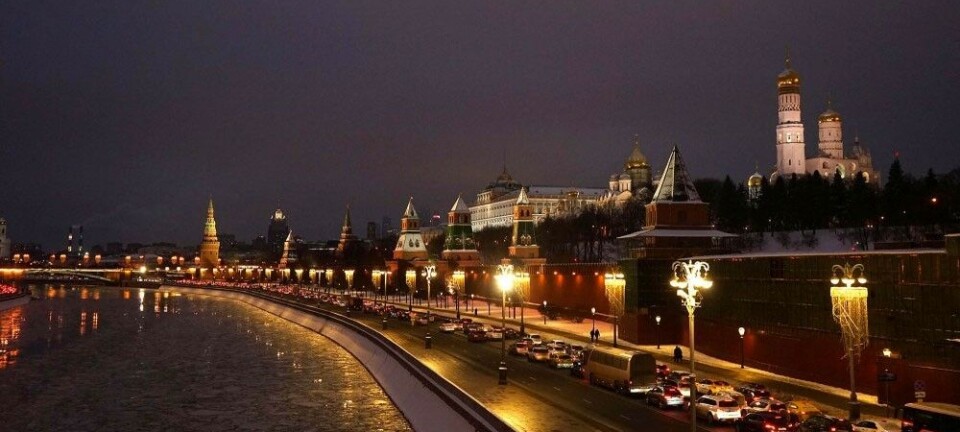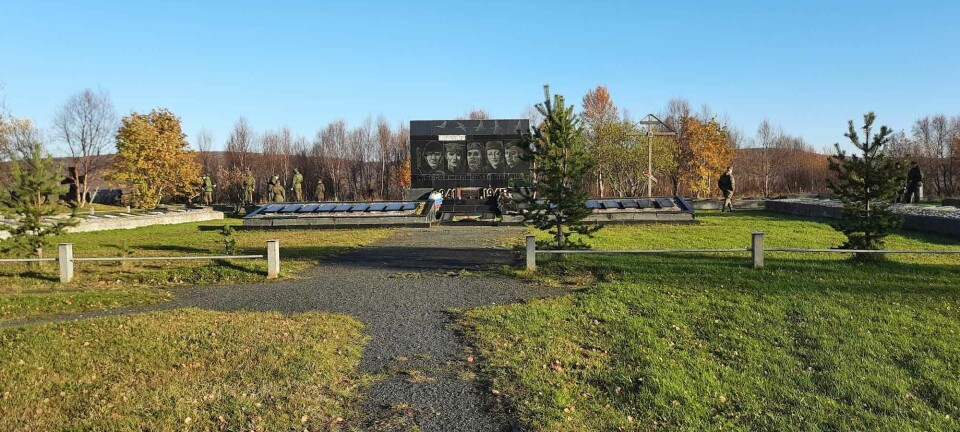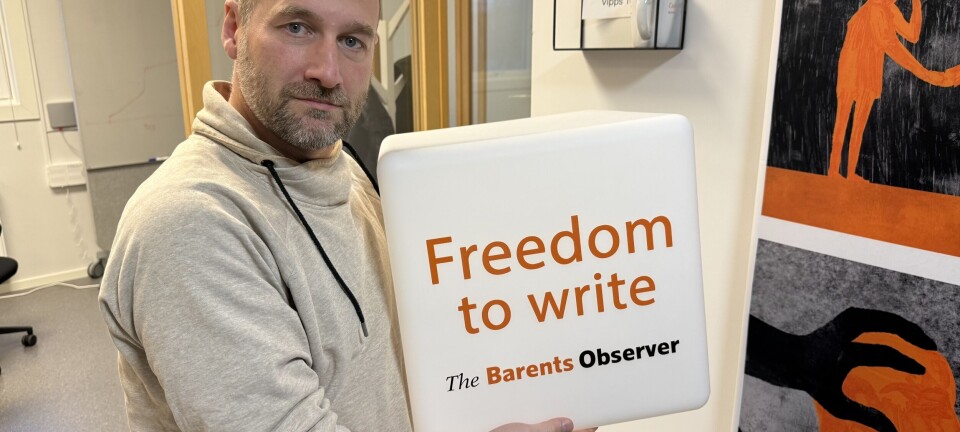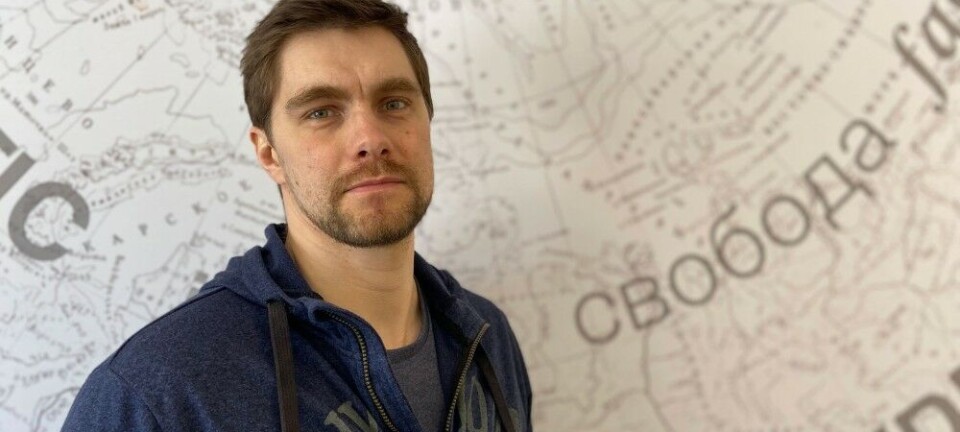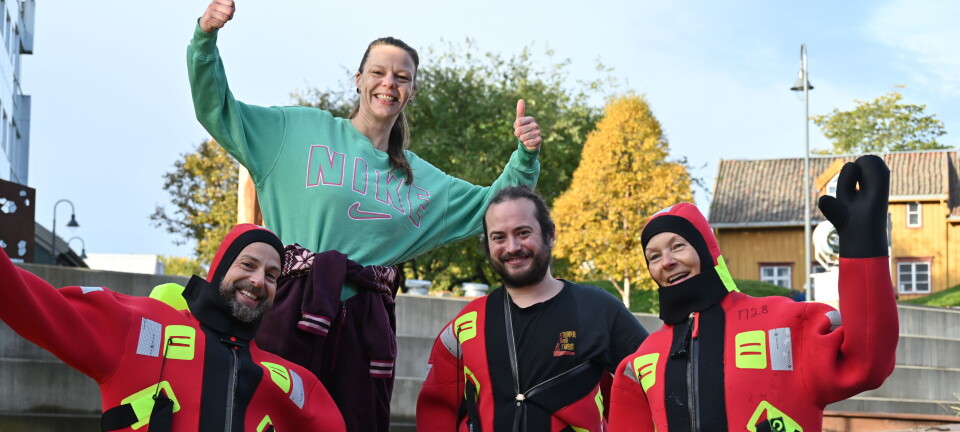Tourism development for Northwest Russia
The number of tourists coming to Northwest Russia today exceeds 12 million people. Experts say this number could increase to 17-24 million by year 2010.
The Russian part of the Barents Region is visited by over three million of tourists annually. 20 percent of them are the foreigners. Tourism is becoming an important part of regional economics and the subjects of the Russian North adopt ambitious tourism development plans despite the current global financial crisis. The development of this sector is seen as a possibility to diversify regional economies and making them less dependent on the world market fluctuations of the raw materials prices.
Arkhangelsk and Murmansk Oblasts, and of course the Republic of Karelia have their own plans and programs on the development of tourists infrastructure and tourists attractions.
Republic of Karelia
Karelia has a program of tourism development till the year 2010. In addition the Republican Ministry of Economic Development has worked out a tourism development strategy till 2010. According to that, the investments in the development of tourism infrastructure should grow up to 1 billion RUB. Today, Karelia is the place of destination for two million tourists and in the nearest years the republic hopes to increase this number by as much as 50 percent. Today, the regional budget provides investments in this sector of the economy in the amount of 20,5 million RUB and approximately the same amount is planned to be invested from non-budget resources.
Murmansk Oblast
Murmansk Oblast recently adopted a long-term program on tourism development for the period 2009-2011. The total volume of financing for the program is 417,9 million RUB and the main part of these investments is non-budget resources (375,4 million RUB). The number of tourists visiting Murmansk region varies from 28,000 to 33,000 per year.
Arkhangelsk Oblast
Arkhangelsk Oblast also has its program of tourism development designed for the years 2007-2009. The region is annually visited by 220-240,000 tourists and this number is expected to reach the level of 325,000. The regional investments in the tourist infrastructure were almost 180 million RUB in 2007.
Attracting foreigners
The regional activities within tourism development are in line with the priorities of federal authorities. The Federal Strategy of Tourism Development for the period 2008-2015 includes a planned increase in the number of incoming tourists to Russia to 35 million (the forecast for 2008 is 22,5 million). The number of hotels is to be increased twice in Russia and reach the level of 13-14,000 in 2015. Nowadays tourism gives only 1,5 percent of federal GDP (six percent of the GDP if taking into account the multiplicative effect) which is very low in comparison with the countries with better tourists industry development. In Austria for example, tourism gives six percent of the GDP and over 16 percent with multiplicative effect.
Northwest Russia’s localization near the countries of northern Europe gives a certain advantage. A growing number of people from these countries now visit Russia. In the first half of this year Russia was visited by 92416 tourists from Finland, Norway and Sweden, which is 4,5 percent higher than in the same period last year and makes over 10 percent of the total foreign tourists flow in Russia. It is indicative that the number of Norwegian tourists increased by 13 percent, Finnish tourists – by 4,5 percent while the number of tourists from Sweden slightly decreased (-2,3%).
Russians abroad
The number of Russians going abroad for vacations has increased by 15-20 percent over the last several years. Today, their number is close to ten million and in 2010 the number might increase to 16 million according to a study prepared by the Centre of strategic research of Rosgosstrakh (Russian State Insurance). Experts say that the Russian outbound tourists flow will be growing by 13-15 percent annually in 2008-2010.
For the first half of 2008 Norway was visited by 8527 Russian tourists which is 25 percent more than in the same period last year. The number of Russian visitors to Sweden grew up by 46 percent and made 8480 tourists. Finland keeps the position as the most popular destination among Russian tourists. In 2007, over 650,000 Russian tourists visited this country according to the official statistics. However, according to a Finnish Tourists Board report, this number was substantially higher: 850 000. In the first half of this year the number of Russian tourists to Finland increased by 4 percent.
Moscow or the regions?
But still the main routes for the foreign tourists are the capitals. In Russia, over 75 percent of incoming tourists are received in Moscow and St. Petersburg. At the same time, Moscow keeps the first place in the rating of the most expensive cities in the world and St. Petersburg takes the 18th position having left behind Helsinki (the 21st position) and Stockholm (the 31st position). This gives the Russian regions an opportunity to provide better tourists services in price/quality correlation and thus to try to compete with the capitals in attracting tourists.
The regions are trying to develop their own original tour products, they are active in creation of new local brands demonstrating ambitious plans and energy in development of tourists infrastructure and attraction of tourists both from abroad and other Russian regions. Several new tourist centers are going to appear far from the capitals over the next few years. Seven Russian regions gained status as special tourists and recreation zones (Kaliningrad and Irkutsk regions, Krasnodarsky, Stavropolsky and Altaisky kray, Republic of Buryatia and Altai) and they are going to become the new points of tourists attraction not only because of rich natural resources but also due to fast infrastructural development. The application of Arkhangelsk Oblast for establishing such a zone in the area of Solovki archipelago and Onega bay of the White sea did not pass through the necessary formal procedures last year in the Ministry of Economic Development. Another significant state project in the tourism sector over the next 10 years will be the development of infrastructure in Krasnodar krai in the framework of preparation for the Olympics 2014.
The Barents Cooperation The regions of the Russian European North in their plans for tourism development are expecting to use the advantages of the Barents Cooperation and are waiting for support and cooperation from their partners in northern Norway, Sweden and Finland, and especially with regard to training of specialists for the tourism industry, marketing and management of existing destinations and new tour products. The Barents Cooperation has created special conditions for joint international activity in this field. Cross-border professional networks can serve as a basis for new joint tour products attracting tourists from all over the big region.
New project
This year, the Arkhangelsk regional committee for international relations and tourism development together with the Norwegian companies Visit Tromso, Finnmark Reiseliv, Troms Reiseliv and Bedriftkompetanse AS are going to start a new project aimed at the development of cooperation in the filed of event tourism. The project was granted NOK 250 000 by the Norwegian Barents Secretariat. The project activities will be focused on the establishment of partnerships between the regional and local authorities as well as between the tourism associations and tour operators of Arkhangelsk oblast, Troms and Finnmark counties. The partners are going to analyze the possibilities for development of event tourism in Arkhangelsk Oblast and northern Norway. The important part of the project will be mapping of the most interesting cultural events that could in the future become the attractions for the tourists. The partners are going to make a common program for event tourism development for all region participating in the project and organize some pilot testing tours for the tour operators, agents and mass media representatives. This initiative could be a start for development of new cross-border tour products worked out together by the Russian-Norwegian international team.
BarentsObserver, Arkhangelsk
This article is also available on Barents.no

